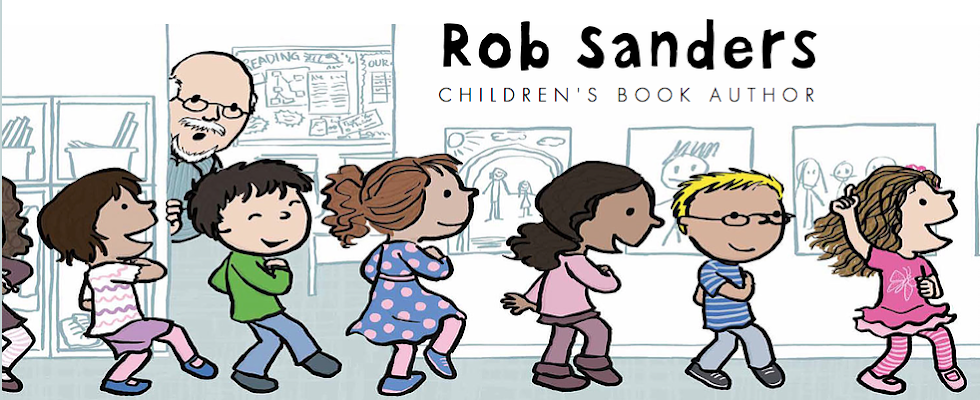Week of May 29, 2011—Lessons from My Mentors
Thursday, June 2—Risky Business
Today is the third of three posts from Jamie Morris. Jamie is a writing coach, writing workshop leader, and developmental editor living in Central Florida. Co-presenter--with award-winning author Joyce Sweeney--of The Next Level Craft Intensives, Jamie also specializes in working with first-time authors, using what some call her "literary sixth sense." She shares her digs with two amazing feline pals, black-as-night Jake and his wild-and-crazy brother, Bertie Botts. Visit Jamie (and Jake and Bert) at http://www.woodstreamwriters.com/, or contact her directly at Jamie@WoodstreamWriters.com
Q: Do you happen to remember the winter of 1994?
A: If not, let me refresh your memory!
The world was preparing for the Winter Olympics. American Nancy Kerrigan was the odds-on favorite for a gold medal in Women's Figure Skating, while her arch-rival, American Tanya Harding, was slated for the silver.
Tanya, desperate to tip the scales in her favor, hired a couple of trench coat-wearing thugs to break Nancy K.'s knees. The thugs bungled the job, though, and Nancy—injured but not crippled—recovered, rehabbed, and arrived in Lillehammer as the skating world's darling.
Spectators imagined a hot showdown between these two ice queens. But after winning the short program with her characteristic elegance and perfect form, Kerrigan ruled--and Harding dropped to an embarrassing tenth place. At that point, with just the free-style program left to determine the medals, it looked like a shoo-in for gold for Kerrigan.
Q: Because, who, for heaven's sake, could best America's Skating Princess?
A: 16-year old Oksana Baiul of the Ukraine.
A tiny, slightly messy, explosive newcomer to the international figure skating scene, Baiul skated right past Kerrigan and Harding's drama and into an Olympic gold medal.
Q: How?
A: With guts, skill, inspiration—and one huge, freakin' gamble.
Exploding onto the ice for her long program, Baiul skated her heart out, as wild and unsophisticated a contrast to restrained, elegant Kerrigan as could be imagined. Unfortunately, Baiul two-footed an early landing and then fumbled a triple toe-loop, down-scaling it to a double toe-loop.
Then, with less than thirty seconds left on the ice, Baiul risked it all!
Instead of completing what was left of her program with the typical final spins, per her choreography, the tiny fire-ball launched herself into two astoundingly high triple toe-loops, winning the crowd's heart and wresting the gold medal from Nancy Kerrigan's hands.
Later, silver medalist Kerrigan said, to journalists, "I think perfect is always prettier," about the difference between her own long program and Baiul's. In fact, during her long program, Kerrigan actually stepped down the difficulty on one of her own jumps to avoid a stumble similar to Baiul's—and to maintain her own trademark of perfection.
But, ultimately, the judges disagreed with Kerrigan: "Perfect" at the final moments of the 1994 Olympic Women's Figure Skating competition was not as arresting—not as golden—as was "fantastic," "fabulous," "furious," "fiery," and, yes, "risky."
Q: So, what exactly does the Kerrigan-Baiul 1994 skate-off have to do with writing picture books?
A: Ah! Maybe everything!
Between them, those two young women had practiced their discipline for more than thirty combined years before stepping onto the Lillehammer ice. That's thirty combined years of crack-of-dawn hours at skating rinks, followed by full school days, followed by more hours of after-school dance training. That's thirty combined years of shaking off injuries, foregoing opportunities to socialize, of struggling to realize ever greater levels of technique. Thirty combined years of learning from coaches, from classes, and from competition. Thirty combined years of absolute dedication to their art.
As a writer aiming to publish, you understand the unrelenting effort one must invest to rise to such a level of skill. In the literary version of Olympic Figure Skate training, you log hours in classrooms and writing conferences; attend workshops, marketing seminars, and craft intensives. You hire writing coaches, participate in peer critique groups, and search out reliable editors. You revise, revise, revise. And then you revise some more.
And still, there are no guarantees of success.
While, like Nancy Kerrigan, you can make your work as perfect as it can be, sometimes, in a highly competitive market, even "perfect" is not enough. Sometimes, if you want to inspire interest—from readers, from agents, heck, from Olympic Figure Skating judges—you have to forgo perfection and, like Oksana Baiul, push off from the solid foundation of your craft and risk all with a bold expression of personality.
Q: But what if you stumble—or even fall?
A: If you're shooting high enough, bringing something so fresh and audacious, something so truly, undeniably you, you and your work will at least garner notice.
It's risky, this business of being an artist. There's craft and there's style. There's aesthetics and competition. There's education, connections, and the whims of the marketplace to consider. But overriding them all, there's the possibility of magic. And magic—audacious and personal—is exactly what 16-year old Oksana Baiul dragged onto the ice with her that memorable night in 1994, when, waving her magic wand, she lit the fire inside herself, and soared.
It’s Your Turn! (from Rob)
1. Are you inspired? If not, reread this today’s post. Thanks to Jamie Morris for bring new life to the work of picture book writing. Head over to Jamie’s today at http://www.woodstreamwriters.com/.




No comments:
Post a Comment